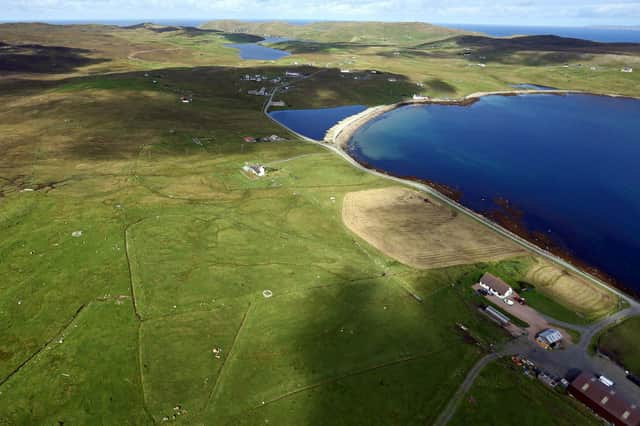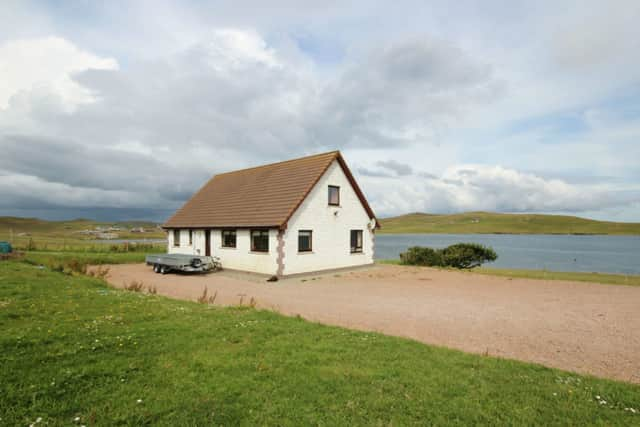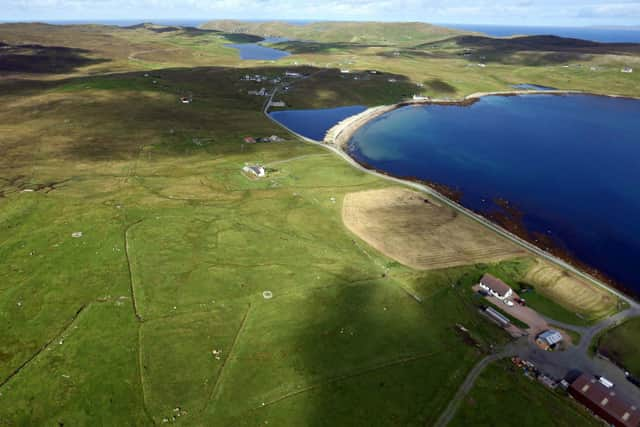Remote croft and cottages for sale in Shetland's most northerly village


Find total escapism in this remote croft, which has been uninhabited for almost 80 years, and is now on the market.
Located on the most northerly tip of Shetland in the village of North Roe, the sale includes a 130 hectare croft along with a large four bedroom home and four tenanted croft buildings.
Advertisement
Hide AdAdvertisement
Hide AdThis rare opportunity to completely escape comes with a price tag of offers over £595,000 with Neil Risk Solicitor and Estate Agents.


Picture: the Hooplees croft, http://www.neilrisk.com
The croft land includes Fethaland, which is the north most tip of the Shetland mainland.
This property consists of five parts as follows:- 1. the family home; 2. Fethaland (owner occupied croft); 3. Hooplees (tenanted croft); 4. Largarth (tenanted croft); and 5. Houllsquoy (tenanted croft).
The seller’s preference would be to sell all units as one; however consideration will be given to selling the units separately.


Picture: aerial shot of the land, http://www.neilrisk.com
Fethaland is known for its incredible scenery, and maritime and Viking history, and along with the other crofts would be ideal for someone looking to experience rural living in arguably one of the most beautiful places in the UK.
The location is also home to Scheduled Monuments that include a prehistoric home and a 'haaf' fishing station. There's also evidence of carvings and bowls from Shetland's Viking past.
Picture: the croft, http://www.neilrisk.com


This owner occupied registered croft extends to 98.2 hectares and forms the peninsula at the most northerly tip of mainland Shetland.
There is a track leading to the croft from the end of the public road, which is accessible with 4x4 vehicles.
Advertisement
Hide AdAdvertisement
Hide AdIt is one of Shetland’s most popular sites with both locals and tourists alike and although now uninhabited, Fethaland has a long history of human settlement, spanning from prehistoric times right up until the twentieth century, when the fishing station, established during the 15th and 16th centuries, became redundant.